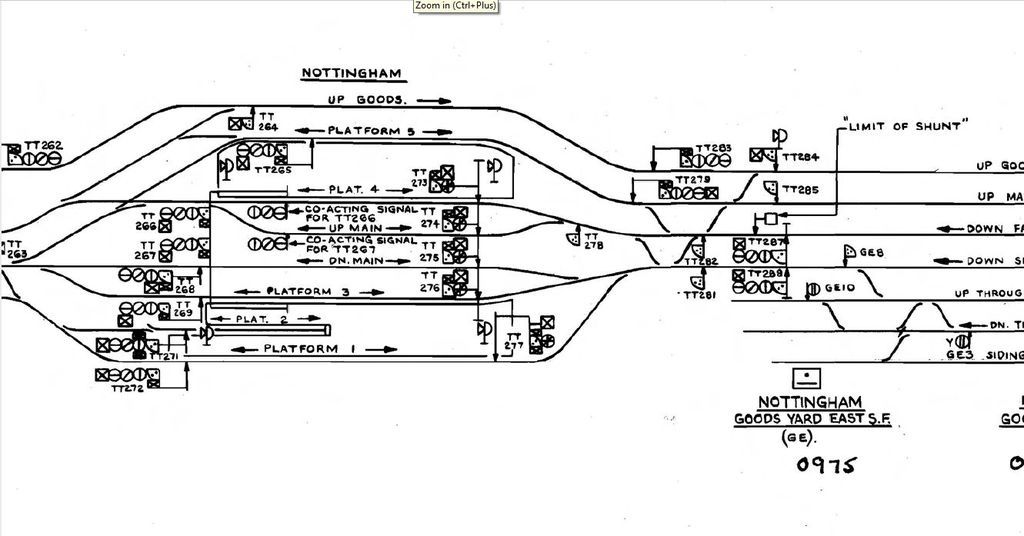Is there a "Variables" or Token system I can use in DriverCommands AND Session Rules?
I'm trying to get a session running in which the main focus is the player driving a train, with other trains as "moving scenery".
I have a situation where I need a Token - in the UK railway meaning of the word. I can use a variable to replicate this.
The problem is this.
I need an AI train to set the variable (or request the token), which is easily done by inserting driver commands in the Driver Setup rule.
I then need the player train to check the token/variable in a series of Rules/Child rules (for example CheckTrigger -> Check Variable -> Set route)- if I use Driver Commands, manual driving is not available.
Each seems to be easily achieved on it's own, but combining the Rules and Commands seems harder. Is there a system I can use that is accessible from both Commands and Rules?
Thanks
I'm trying to get a session running in which the main focus is the player driving a train, with other trains as "moving scenery".
I have a situation where I need a Token - in the UK railway meaning of the word. I can use a variable to replicate this.
The problem is this.
I need an AI train to set the variable (or request the token), which is easily done by inserting driver commands in the Driver Setup rule.
I then need the player train to check the token/variable in a series of Rules/Child rules (for example CheckTrigger -> Check Variable -> Set route)- if I use Driver Commands, manual driving is not available.
Each seems to be easily achieved on it's own, but combining the Rules and Commands seems harder. Is there a system I can use that is accessible from both Commands and Rules?
Thanks

